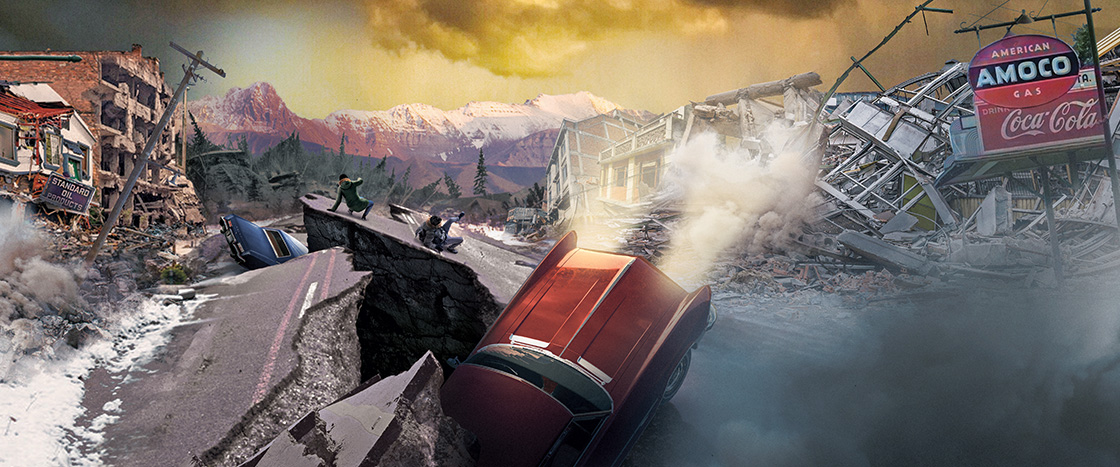COURTESY OF TOM GILSON
Tom Gilson
Growing up in the small town of Valdez (vahl-DEEZ), Alaska, 13-year-old Tom Gilson had been through many earthquakes. Every few months, it seemed, the ground under Tom’s feet would shiver. The walls of his family’s small house would shake. Dishes would rattle on the shelves.
But Tom never worried. To him and most people he knew, a little shaking was just part of life in Alaska, like the brown bears he’d spot by the river or the 30 feet of snow that fell every winter.
Then came March 27, 1964.
At 5:36 p.m., the ground in southern Alaska began to shake. And this time, it didn’t stop. As seconds passed, then minutes, the violent shaking continued. Up and down the coast, the land shattered. Cliffsides crashed into the sea. Giant waves smashed into towns and villages.
Tom had no idea that he was caught in the middle of the Great Alaska Earthquake, the most powerful ever to strike the United States.
All Tom was thinking was that the world was ending.
Growing up in the small town of Valdez (vahl-DEEZ), Alaska, 13-year-old Tom Gilson had been through many earthquakes. Every few months, the ground under Tom’s feet would shiver. The walls of his family’s small house would shake. Dishes would rattle on the shelves.
But Tom never worried. To him, a little shaking was just part of life in Alaska. It was as normal as the brown bears he’d spot by the river. Or the 30 feet of snow that fell every winter.
Then came March 27, 1964.
At 5:36 p.m., the ground in southern Alaska began to shake. And this time, it didn’t stop. As seconds passed, then minutes, the rough shaking continued. Up and down the coast, the land shattered. Hills crashed into the sea. Giant waves smashed into towns.
Tom had no idea that he was caught in the middle of the Great Alaska Earthquake. It was the most powerful quake ever to strike the United States.
All Tom was thinking was that the world was ending.

